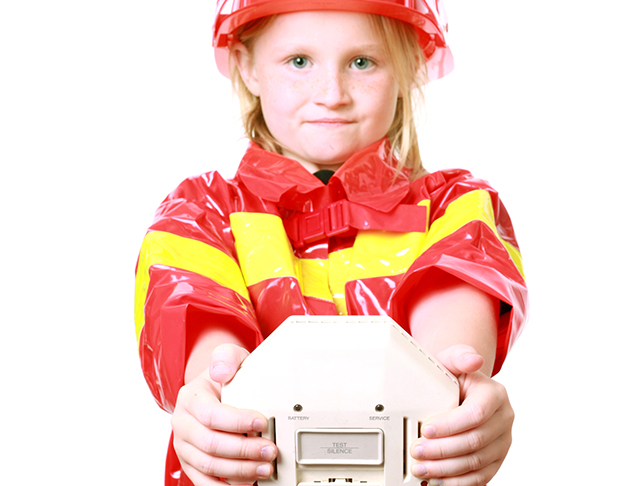
As we kick off the summer season, families enjoy more outdoor activities such as camping, cookouts, and outdoor celebrations that we want to keep safe and fun. While deaths and nonfatal injuries from fires and burns have decreased over the past 20 years, there are still too many occurrences. Nearly 300 children and adolescents die from fire or burn injuries each year,1 and over 100,000 are admitted to a hospital or treated in an emergency department.2,3 Fires and burns are the fifth leading cause of unintentional injury-related deaths to children ages <1-19 in the US.
Fire and burn injuries and deaths can be prevented! Learn how states, communities, and families can help ensure kids have a safe and healthy summer.
Families
- Leave fireworks to the professionals.
- Store flammable materials such as matches, lighters, and gasoline in a secured high place.
- Don’t leave stoves, grills, or burning candles unattended.
- Keep children at least three feet from all heat sources, including campfires, grills, and fire pits.
- Properly install and maintain smoke alarms.
- Make sure every bedroom has a smoke alarm.
- Smoke alarms need to be replaced every ten years.
- Alarms should be tested monthly and batteries should be replaced according to manufacturers’ instructions.
- Consider installing fire sprinklers at home.
- Create and practice a family fire escape plan, involving kids in the planning. Ensure all family members know at least two ways out of every room.
State Title V Agencies and Communities
- Emphasize to families and communities that there is no such thing as safe at-home firework displays.
- Provide families with templates to design a home escape plan.
- Conduct open houses or interactive demos of smoke alarm installation and maintenance.
- Establish programs to install smoke alarms for families in your community or state.
- Raise awareness of programs that provide financial incentives to install residential fire sprinkler systems.
- Distribute fire safety materials and fund local schools and fire departments to run education programs for children and families.
- Distribute resources to renters and rental property owners on laws regarding fire safety measures.
1 Centers for Disease Control and Prevention, National Center for Health Statistics (2020). Multiple Cause of Death 2017-2019 on CDC WONDER Online Database.
2 Agency for Healthcare Research and Quality. (2021). National Inpatient Sample (NIS), Healthcare Cost and Utilization Project (HCUP), 2016-2018.
3 Agency for Healthcare Research and Quality. (2021). Nationwide Emergency Department Sample (NEDS), Healthcare Cost and Utilization Project (HCUP), 2016-2018.